Einleitung
Hier wird der Austausch eines defekten rechten Lautsprechers gezeigt.
Werkzeuge
-
-
Ziehe den Netzstecker am iMac und allen sonstigen Peripheriegeräten.
-
Lege deinen iMac mit der Scheibe nach unten auf eine saubere weiche Oberfläche.
-
Die Klappe ist mit drei Kreuzschlitzschrauben an der Unterseite des iMac befestigt. Drehe sie heraus.
-
Entferne die Klappe.
-
-
-
Ziehe vorsichtig die schwarze Plastiklasche zum Entfernen der RAM aus dem RAM-Slot.
-
Zieh die schwarze Plastiklasche von der unteren Kante des iMacs weg, um so das Modul/die Module auf dieser Seite des Ram-Gehäuses auszuwerfen.
-
-
-
Wiederhole die vorherigen Schritte, um das/die RAM-Module von der anderen Seite des RAM-Gehäuses zu entfernen.
-
-
-
Achte darauf, dass die kleine Kerbe in jedem RAM-Modul (siehe erstes Bild) auf die Erhebung im RAM-Slot (siehe zweites Bild) trifft.
-
-
-
Befestige einen Saugnapf in jeder der oberen Ecken der Scheibe.
-
Wenn der Saugnapf sich nicht festsaugt, dann versuche die Scheibe und den Saugnapf mit einem milden Reinigungsmittel zu säubern.
-
-
-
Hebe die Scheibe vorsichtig senkrecht zum LCD an, gerade soweit um die Metallstifte, die oben an der Unterseite der Scheibe angebracht sind zu befreien.
-
Ziehe die Scheibe von der Unterkante des iMac weg und lege sie sorgfältig zur Seite.
-
-
-
Ziehe den Verbinder am Kabel der Vertikalsynchronisation aus seinem Sockel auf der Platine der LED Versorgung in der Nähe der oberen linken Ecke des iMac.
-
-
-
Drehe das Display soweit aus dem Gehäuse heraus, dass du das Versorgungskabel der LED Rückbeleuchtung von der LED Versorgungsplatine lösen kannst.
-
-
-
Ziehe das Display vorsichtig in Richtung Oberkante des iMac und hebe es aus dem Gehäuse. Achte darauf, dass sich keine Kabel verfangen.
-
-
-
Entferne folgende vier Torx Schrauben:
-
Eine 9,3 mm T10 Schraube mit breitem Kopf
-
Drei 9,3 mm T10 Schrauben mit normalen Köpfen
-
-
-
Löse den Verbinder zum Thermosensor am optischen Laufwerk aus seinem Sockel auf dem Logic Board, indem du ihn in Richtung Oberkante des iMac ziehst.
-
-
-
Hebe die innere Kante des optischen Laufwerks an und bewege seinen Verbinder am GPU Rahmen, der am Logic Bordbefestigt ist, vorbei.
-
Ziehe das optische Laufwerk vorsichtig aus den Befestigungsstiften an der rechten Seite des äußeren Gehäuses, damit du etwas Platz gewinnst, um das Kabel des optischen Laufwerks lösen zu können.
-
Lasse das optische Laufwerk herunterhängen, während du den Verbinder zum Thermosensor am optischen Laufwerk hinter dem Kühlkörper der GPU herauslöst.
-
-
-
Löse den Anschluss vom optischen Laufwerk indem du den Verbinder vom Laufwerk weg ziehst.
-
Entferne das Laufwerk vom iMac.
-
-
-
Entferne die 13 mm Torx T10 Schraube, mit der der Lüfter des optischen Laufwerks am Gehäuse befestigt ist.
-
-
-
Ziehe den Stecker des Lüfters vom optischen Laufwerk aus seinem Sockel auf dem Logic Board.
-
Entferne den Lüfter des optischen Laufwerks vom iMac.
-
-
-
In den nächsten Schritten wirst du folgende Kabel ablösen:
-
SD Kartenleser und Mikrofon
-
Linker/rechter Lautsprecher
-
Wi-Fi Antenne
-
Bluetooth/Helligkeitssensor/Kamera/Linker Temperatursensor, Thermosensor der Festplatte und Festplattenlüfter
-
CPU Lüfter/Umgebungstemperatur und Einschalttaste
-
Infrarotsensor
-
-
-
Ziehe den Stecker des Mikrofonkabels zur Oberkante des iMac hin und löse ihn vom Logic Board ab.
-
-
-
Ziehe die Stecker an den Kabeln zum rechten und linken Lautsprecher zur rechten Seite des iMac hin und löse sie ab.
-
-
-
Heble die beiden AirPort Antennenstecker mit dem flachen Ende des Spudgers aus ihren Anschlüssen auf der AirPort Karte.
-
-
-
Ziehe den Stecker des Thermosensors der Festplatte aus seinem Anschluss zur Oberkante des iMacs hin und löse ihn so vom Logic Board.
-
-
-
Drücke mit den Daumennägeln beide Seiten des Steckers von Bluetooth/Helligkeitssensor/Kamera/linker Temperatursensor zur Oberkante des iMacs hin und löse ihn aus seinem Anschluss auf dem Logic Board heraus.
-
-
-
Ziehe den Stecker des CPU Lüfters/Umgebungstemeratursensors zur linken Unterkante des iMacs hin aus seinem Anschluss auf dem Logic Board heraus.
-
Ziehe den Stecker der Einschalttaste zur unteren linken Ende des iMacs und aus seinem Anschluss auf dem Logic Board heraus.
-
-
-
Drücke den Stecker des Infrarotsensors mit den Daumen zur Oberkante des iMacs hin aus seinem Anschluss heraus.
-
-
-
Ziehe die Infrarotsensorkarte hinter der Frontplatte des äußeren Gehäuses hoch.
-
Entferne den Infrarotsensor und lege ihn zur Seite.
-
-
-
Entferne folgende sieben Torx T10 Schrauben:
-
Zwei 7 mm Schrauben
-
Eine 30 mm Schraube
-
Zwei 25 mm Schrauben
-
Zwei 21 mm Schrauben
-
-
-
Entferne folgende vier Schrauben
-
Eine 9,3 mm Torx T10 Grobgewindeschraube
-
Eine 25 mm Torx T10 Grobgewindeschraube
-
Zwei 22 mm Feingewindeschrauben
-
Ziehe die obere rechte und die untere linke Ecke des Netzteils vom rückwärtigen Gehäuse weg, damit die Montagestifte des Netzteils herauskommen.
-
-
-
Hebe vorsichtig das Netzteil aus dem äußeren Gehäuse heraus und drehe es, so dass der Kabelverschluss wie gezeigt sichtbar wird. Denke daran, dass die Gleichspannungs- und Netzkabel weiterhin am iMac angeschlossen sind.
-
Drücke den Kabelverschluss am Gleichstromkabel und löse den Stecker ab, indem du ihn aus seinem Anschluss herausziehst.
-
Wenn der Kabelverschluss aus dem Anschluss draußen ist, kannst du den Stecker der Gleichspannung vom Netzteil abziehen.
-
-
-
Drücke den Kabelverschluss am Netzkabelstecker und ziehe ihn aus seinem Anschluss heraus.
-
Entferne das Netzkabel vom äußeren Gehäuse.
-
-
-
Ziehe das Logic Board leicht von der Rückseite des äußeren Gehäuses weg, hebe sie dann hoch, so dass die Frontplatte des äußeren Gehäuses frei wird.
-
-
-
Löse, falls vorhanden, das Klebeband ab, mit dem das Festplatten SATA Kabel am Logic Board befestigt ist.
-
-
-
Drücke den Verschlussmechanismus am Stecker der Gleichstromversorgung und ziehe ihn vorsichtig aus seinem Anschluss auf der Rückseite des Logic Boards ab.
-
-
-
Achte darauf den Anschluss am Logic Boards nicht zu beschädigen, wenn du das Festplatten SATA Datenkabel direkt aus seinem Anschluss auf dem Logic Board herausziehst.
-
Entferne das Logic Board, achte dabei darauf, dass sich dabei keine Kabel verfangen.
-
-
-
Entferne die beiden 5 mm Torx T10 Schrauben, mit denen die Audioanschlüsse am äußeren Gehäuse befestigt sind.
-
-
-
Hole die Kabel zum rechten Lautsprecher aus den schwarzen Plastikklammern, die am äußeren Gehäuse angebracht sind, heraus.
-
-
-
Entferne die einzelne 13 mm Torx T10 Schraube, die den rechten Lautsprecher am äußeren Gehäuse befestigt.
-
-
-
Ziehe den rechten Lautsprecher von der rechten Seite des äußeren Gehäuses weg und hebe ihn aus der Unterkante des iMacs heraus.
-
Um dein Gerät wieder zusammenzusetzen, folge den Schritten in umgekehrter Reihenfolge.
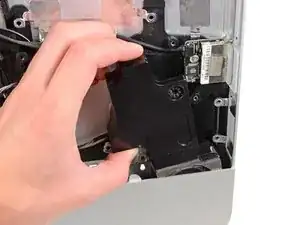
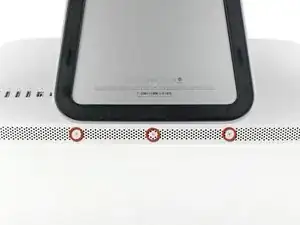
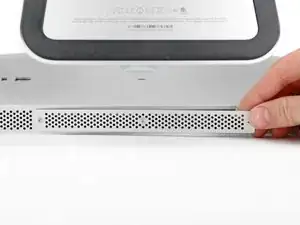
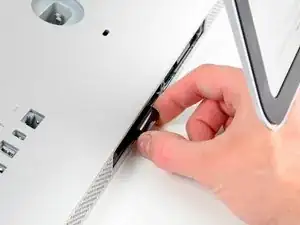
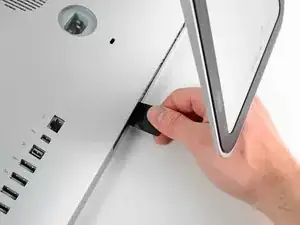
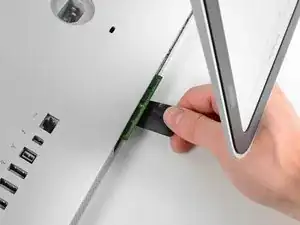
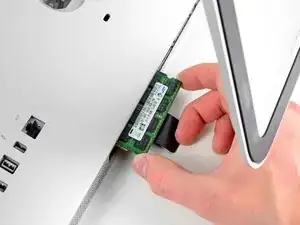
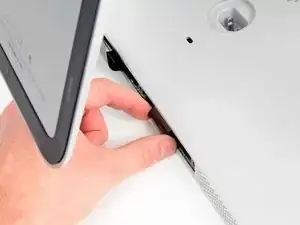
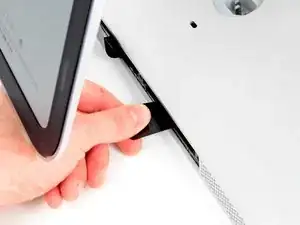
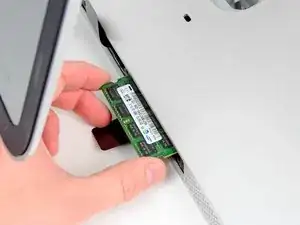
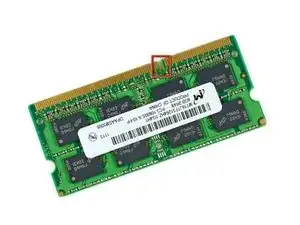
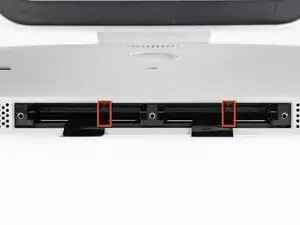
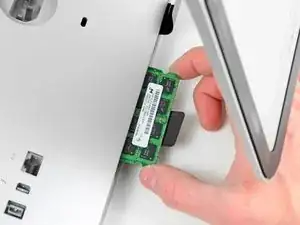
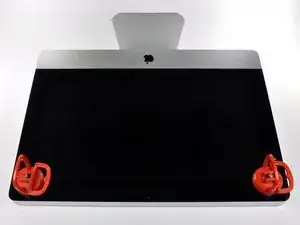
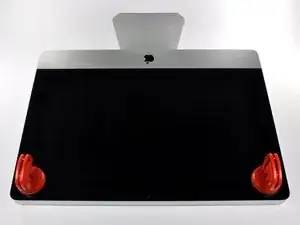
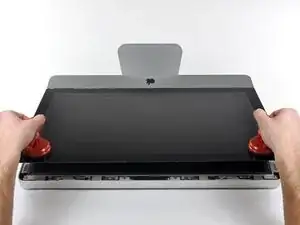
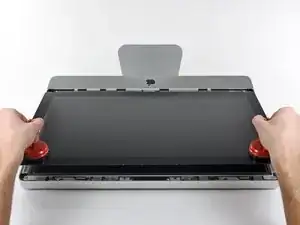
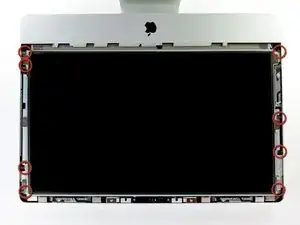
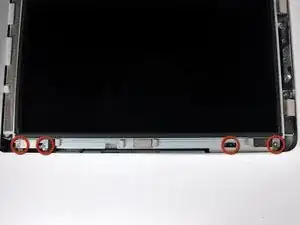
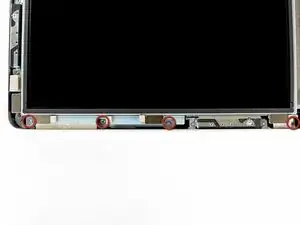
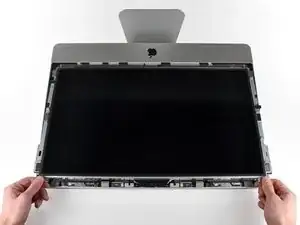
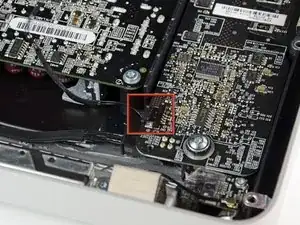
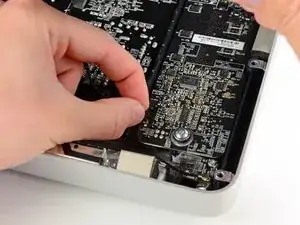
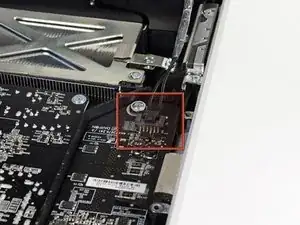
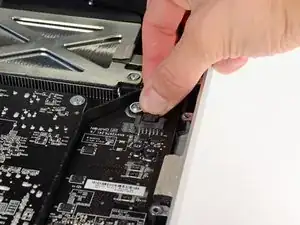
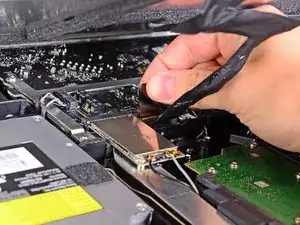
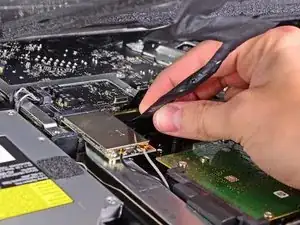
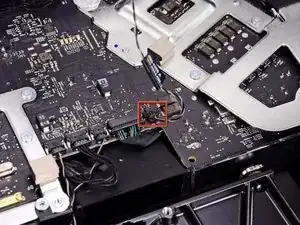
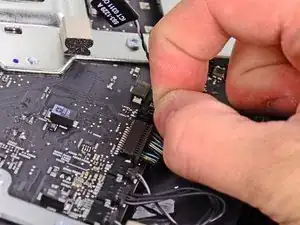
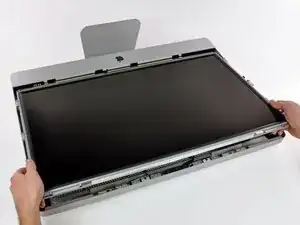
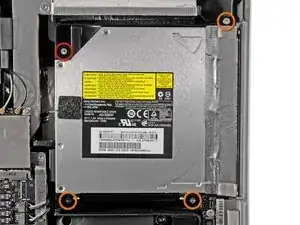
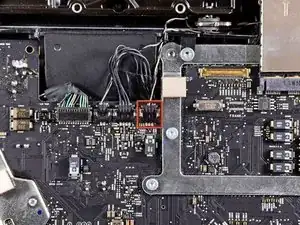
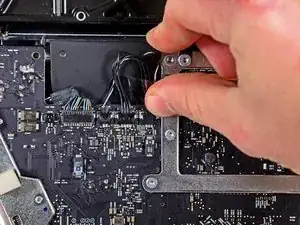
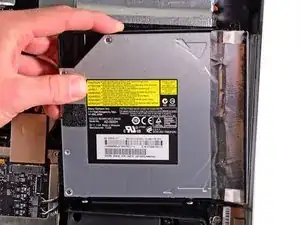
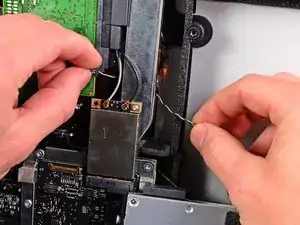
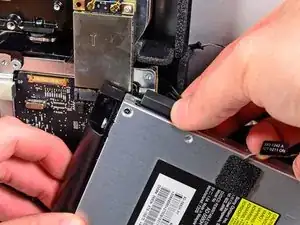
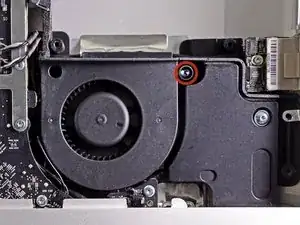
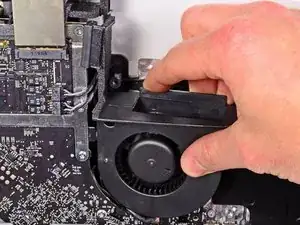
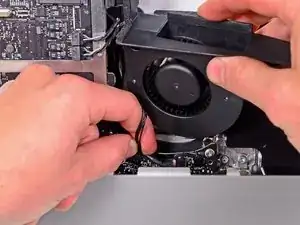
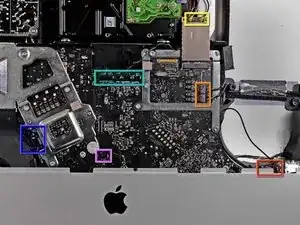
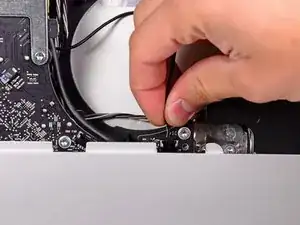
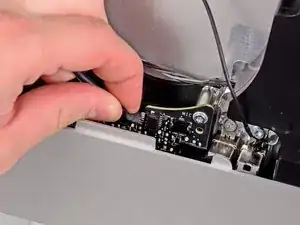
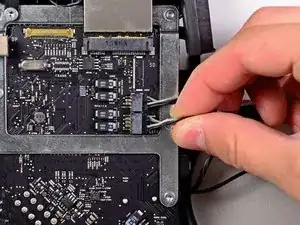
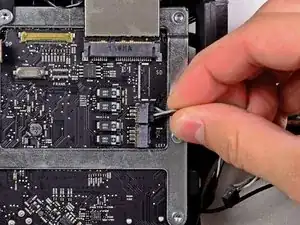
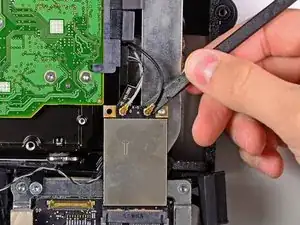
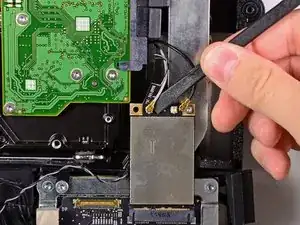
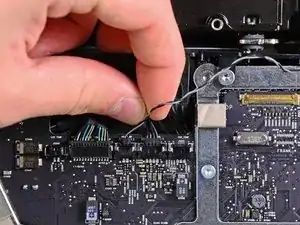
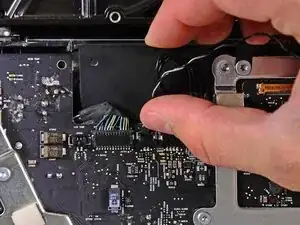
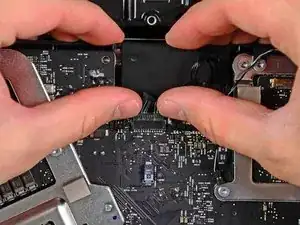
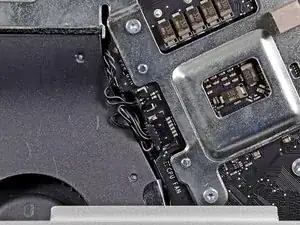
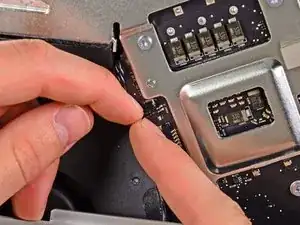
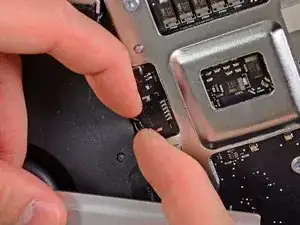
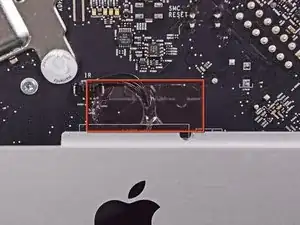
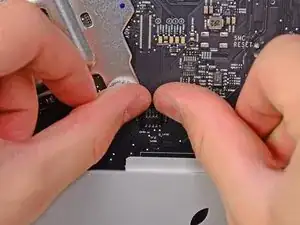
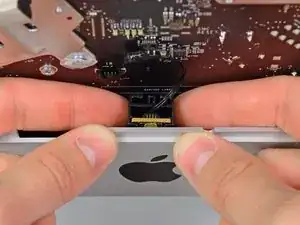
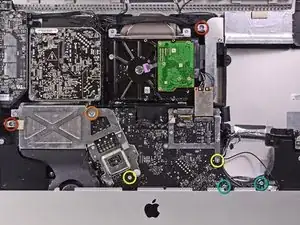
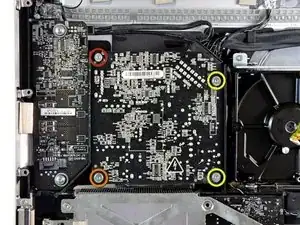
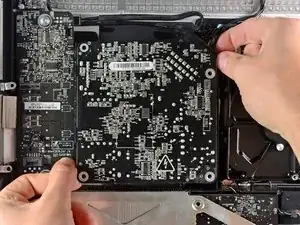
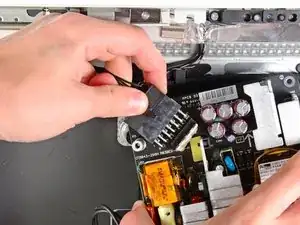
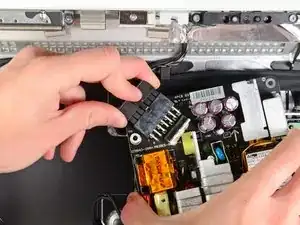
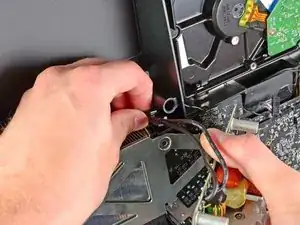
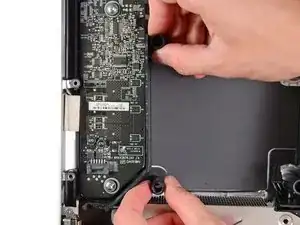
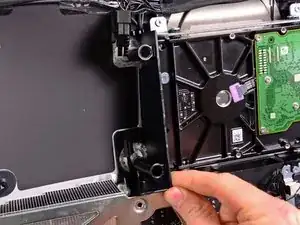
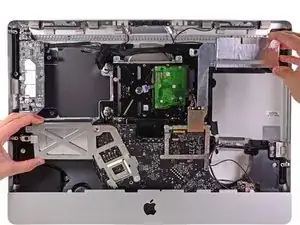
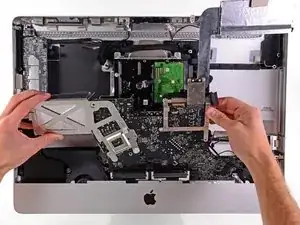
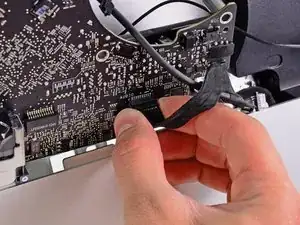
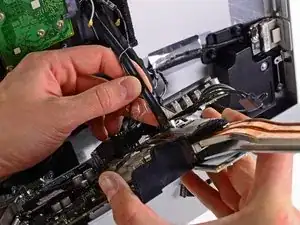
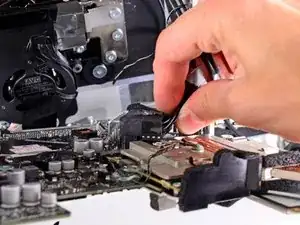
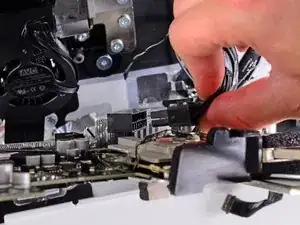
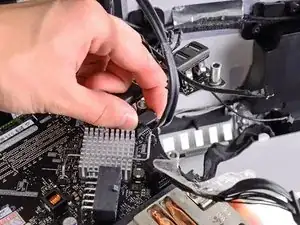
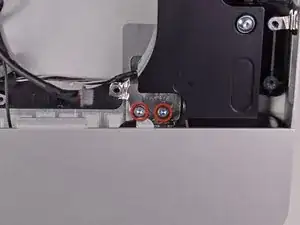
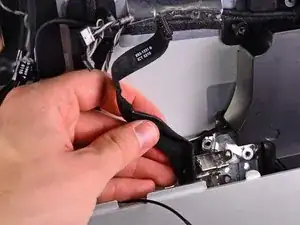
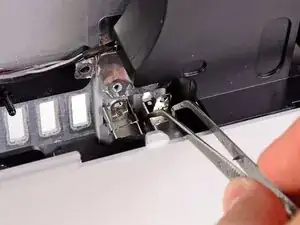
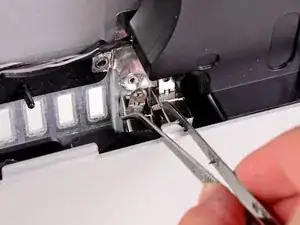
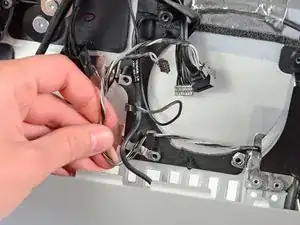
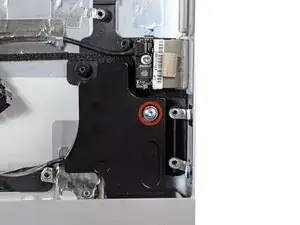
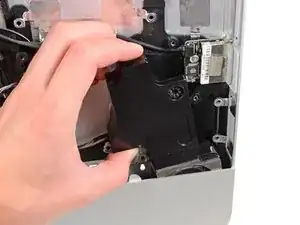

Before beginning unplug your iMac.
Henry Barnett -
The screws are not phillips #1 as implied above. My phillips#2 bit fit.
John McWilliams -
Yes phillips #2 is the correct Bit
Heath -
Whenever I go this “deep” into any computer that has a motherboard battery, like the CR2032 for this iMac, I’ll add a new battery to my workflow. I’m in the “neighborhood” anyway.
The battery is in a spring-loaded compartment, which requires patience and persistence.
I make sure to test the new battery before installation. (The “3-2-1 Rule” applies: 3 of something means 2, 2 means 1, and 1 means none - I keep spare batteries on hand.)
When I took part in my dual-drive adventure, I also added a thorough dusting (outside/outdoors) - phew!
Carrick -